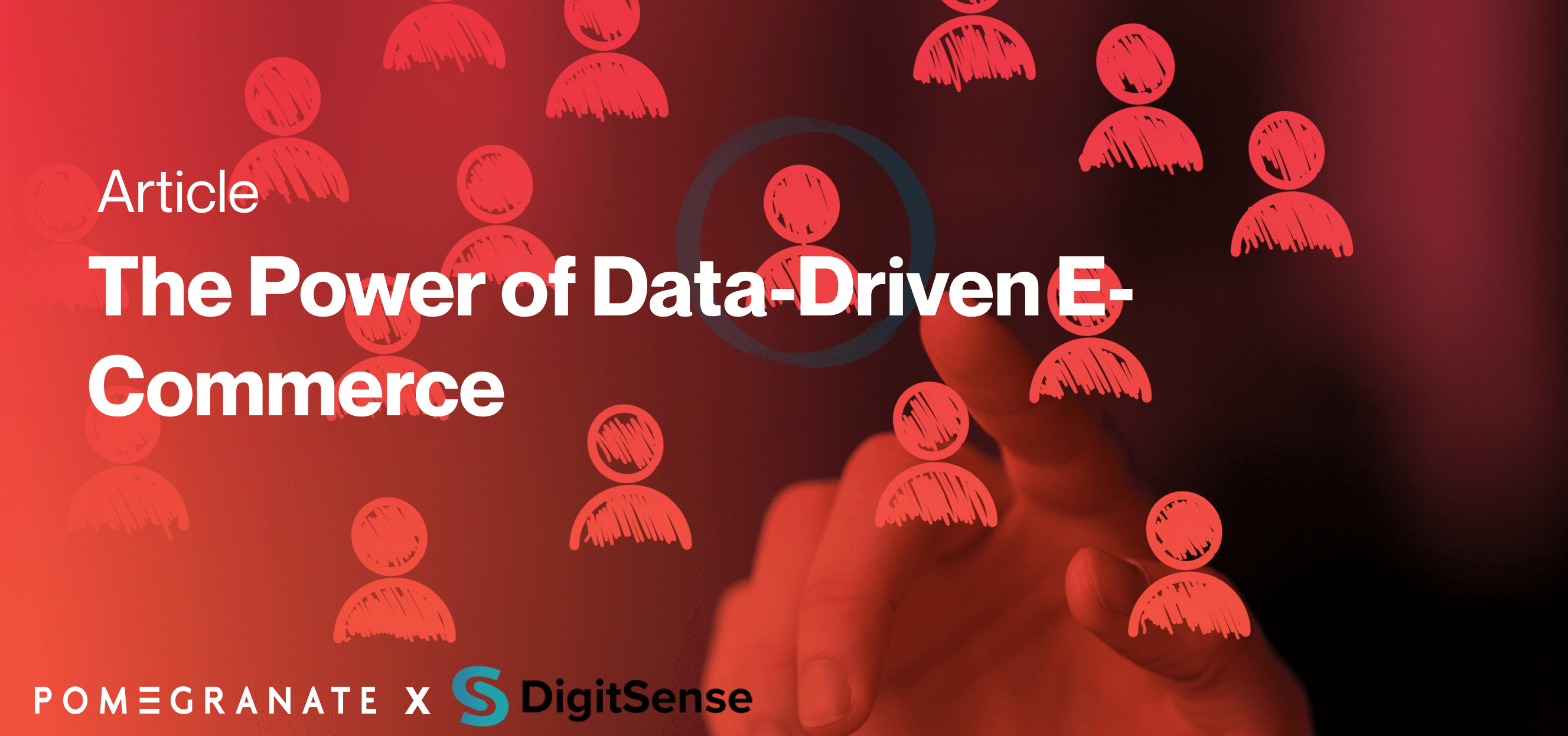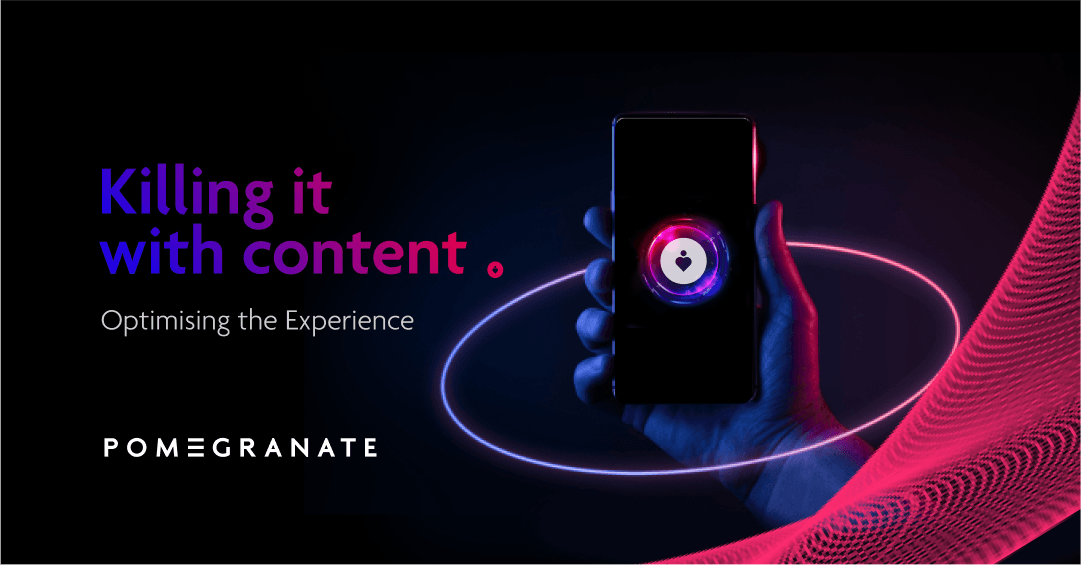The mastery of psychological principles governing decision-making can be the difference in making a customer a loyal repeat purchaser, or just someone who passes by your website. With users being presented with hundreds of decisions everyday, this article will be a one-stop guide to all psychological decision-making strategies underpinned in user experience (UX) design. Helping provide a nuanced understanding of their application and the substantial benefits they yield for businesses.
This is a continuously evolving article with links to more in-depth analysis of psychological principles being added.
Cognitive Load Management for Optimal User Satisfaction:
Cognitive load refers to the mental effort required for processing information. Users can experience cognitive overload when faced with excessive stimuli or choices. By leveraging insights from cognitive psychology, businesses can strategically manage cognitive load in UX design. For example, consider the streamlined interface of Apple's iOS. The minimalist design and straightforward navigation reduce cognitive load, providing users with an aesthetically pleasing and intuitive experience.
This makes users more likely to engage with the platform, spend more time exploring its features, and return for future interactions. This heightened satisfaction fosters brand loyalty, increasing the likelihood that users will choose the platform over competitors, helping to foster loyalty and positive brand perception.
Hick's Law for Navigating the Complexity of Decision-Making for Enhanced Conversions:
Hick's Law highlights the relationship between the number of choices presented and the time it takes to make a decision. E-commerce giant Amazon strategically applies Hick's Law to its advantage. The "Buy Now with 1-Click" feature minimises decision-making complexity by reducing the number of steps required for a purchase. Streamlining decision-making processes, as per Hick's Law, reduces the time users spend contemplating choices.
In e-commerce, this translates to faster purchase decisions and increased conversion rates. Additionally, a simplified decision-making process contributes to a positive user experience, promoting user retention and brand advocacy.
Strategic Defaults and the Subtle Art of Decision-Making Defaults:
Defaults significantly influence decision-making, as individuals often opt for the default setting due to the cognitive effort required to make an alternative choice. Google's personalised search engine algorithms exemplify the use of strategic defaults. By presenting search results tailored to users' preferences and past behaviour, Google subtly guides decision-making.
Users often find these default results highly relevant, saving them the cognitive effort of sifting through irrelevant information and contributing to a positive user experience. Businesses benefit from increased user satisfaction, as well as improved efficiency in processes such as onboarding and account setup.
Minimising Cognitive Friction: Streamlining User Interactions for Efficiency:
Cognitive friction arises when users encounter obstacles or complexities in their interactions, hindering the flow of decision-making. Platforms like Dropbox exemplify the reduction of cognitive friction. By employing a drag-and-drop file upload system and intuitive folder structures, users experience a seamless process, minimising cognitive friction.
This user-centric approach ensures that decision-making processes, such as organising files, are efficient and frustration-free. As a brand's digital experience, a frictionless experience encourages users to explore additional features and functionalities, contributing to a comprehensive and positive user engagement.
Social Proof and Trust Building:
Social proof is rooted in the human tendency to follow the actions and opinions of others, especially in uncertain situations. For example, TripAdvisor is extremely effective at leveraging social proof effectively. User reviews and ratings provide potential travellers with insights from others who have experienced the same destinations.
This social validation builds trust and confidence, influencing decision-making and encouraging users to engage with the platform. These positive reviews and testimonials contribute to a favourable brand image, influencing users' decision-making processes positively. Businesses experience increased conversion rates as users are more likely to trust and engage with a platform endorsed by their peers.
The Endowment Effect and Personalised Engagement:
The endowment effect suggests that individuals assign higher value to items they perceive as their own or have customised. Online retailers like Nike offer customization options for products like sneakers.
By allowing users to design their shoes, Nike taps into the endowment effect. Customers feel a sense of ownership over their creations, leading to increased satisfaction and a higher likelihood of purchase. Businesses benefit from increased customer lifetime value, as well as positive brand advocacy through personalised, memorable interactions.
In a world filled with daily decisions, mastering the interplay of psychology and UX design is essential for businesses. At Pomegranate, our expertise in seamlessly combining these disciplines is the driving force behind our work, positioning us as leaders and ensuring sustained excellence. To learn more about our approach and how it can benefit your projects, send us a message and elevate your user experience with us.





